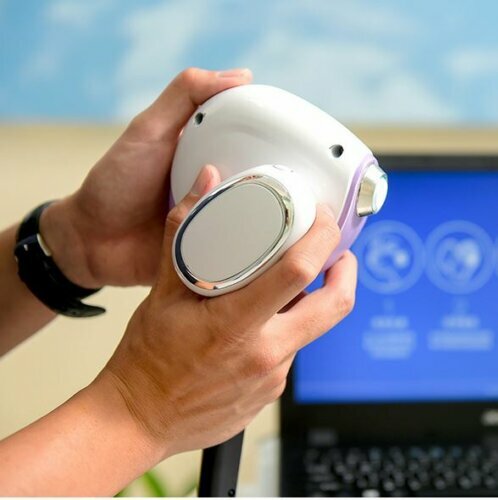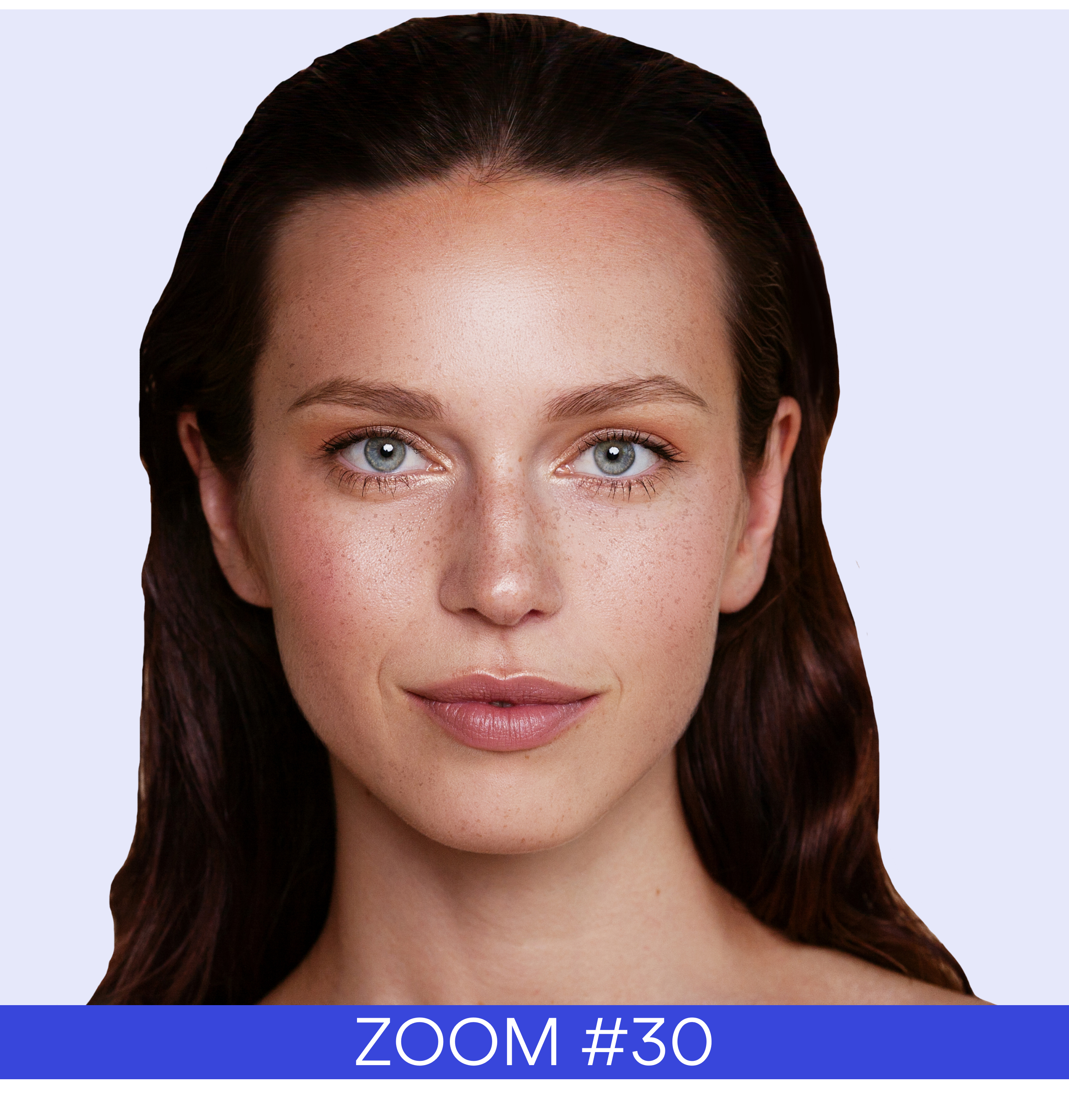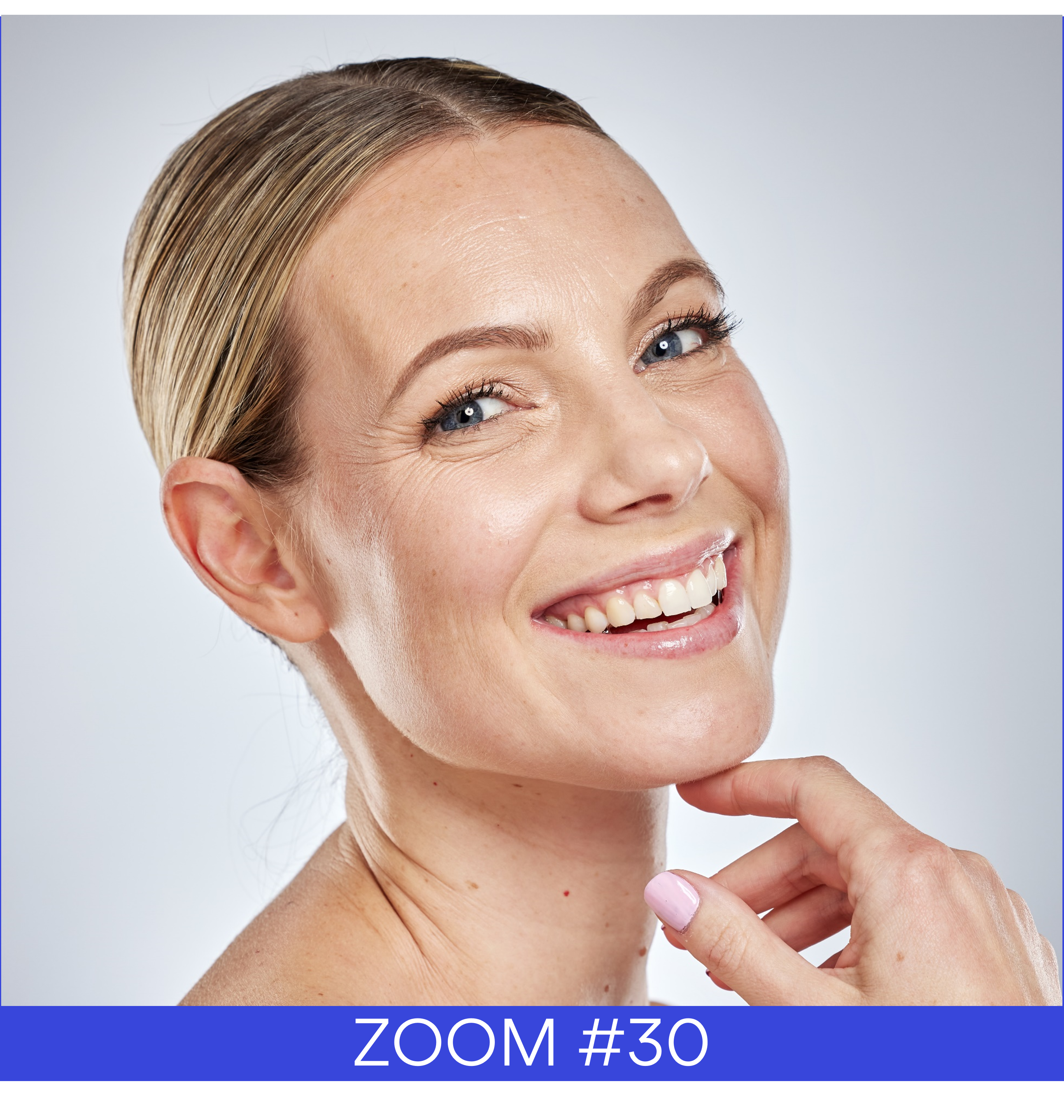Analytical instruments are required in cosmetic research labs to prove the effects of new skincare products before they are launched to the market. ITRI’s Handheld Skin Quality Optical Coherence Tomography (HSQ-OCT) is the first handheld OCT system that can analyze subsurface skin structures and detect collagen distribution in the dermis layer. A built-in skin quality analysis model is adopted to evaluate skin quality and provide scientific validation for the cosmetic industry.
Traditional skin test imaging spectrographs are limited by image aberrations due to their inherent design. ITRI’s HSQ-OCT, in contrast, can clearly visualize subsurface skin structures in the dermis layer. It uses a high-performance 880-nm micro-spectrometer to replace Swept Source OCT, reducing the volume without compromising image quality while decreasing the cost. In addition, it employs a smart anti-shake image capturing technology that allows it to work as a handheld device.
The device includes a broadband near-infrared (NIR) light source, a mini-spectrometer, a video camera to relay real-time images of surface features and scan locations, and a Galvo scanning mirror to direct the light. NIR penetrates deeper into human skin than other wavelengths and is more readily absorbed by the body. By measuring the time it takes the light to bounce back, a skin structure image is built through algorithms. To determine the alteration of skin quality, skin structural factors including enlarged pore size, reduced dermis thickness, decreased collagen density, and reduced number of blood vessels are used as key biological parameters in the skin quality analysis model.









 Follow us on Linkedin!
Follow us on Linkedin!